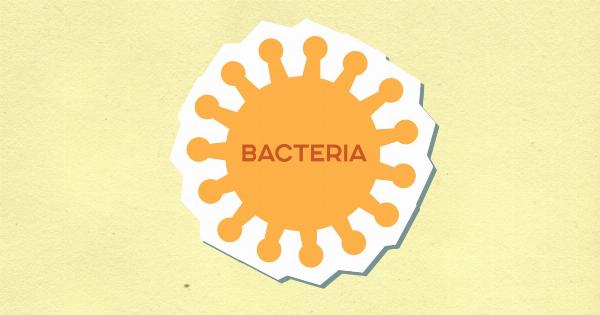Antibiotics are incredibly important in modern medicine for their ability to treat bacterial infections. However, extensive use of antibiotics has led to the evolution of antibiotic-resistant bacteria, which poses a major threat to public health.
In this article, we will discuss how antibiotics are driving the evolution of resistant bacteria and what can be done to combat this problem.
What are antibiotics?
Antibiotics are medications that are used to treat bacterial infections. These drugs work by killing or stopping the growth of bacteria, which helps to eliminate infections.
Antibiotics are an important part of modern medicine and have saved countless lives since their discovery in the early 20th century.
How do antibiotics work?
Antibiotics work by targeting specific structures or processes in bacteria that are important for their survival. For example, some antibiotics target the cell wall of bacteria, while others target their DNA or protein synthesis machinery.
By targeting these vital structures or processes, antibiotics kill or stop the growth of bacteria.
How do bacteria become resistant to antibiotics?
When antibiotics are used, they kill most bacteria that are susceptible to them. However, some bacteria may have mutations or acquire genes that allow them to survive the effects of the antibiotics.
These resistant bacteria are able to grow and reproduce, spreading their resistance to other bacteria in the environment.
Why is antibiotic resistance a problem?
Antibiotic resistance is a problem because it makes it more difficult to treat bacterial infections. If bacteria are resistant to commonly used antibiotics, then doctors may need to use less effective or more expensive drugs to treat infections.
In some cases, there may be no effective antibiotics available, which can lead to serious complications or even death.
How are antibiotics driving the evolution of resistant bacteria?
The extensive and often inappropriate use of antibiotics in medicine and agriculture has created a selection pressure that favors the survival of antibiotic-resistant bacteria.
When antibiotics are used, they not only kill susceptible bacteria, but they also create an environment where resistant bacteria can thrive and reproduce.
What are some examples of antibiotic-resistant bacteria?
Some examples of antibiotic-resistant bacteria include Methicillin-resistant Staphylococcus aureus (MRSA), Vancomycin-resistant Enterococcus (VRE), and Multi-drug resistant tuberculosis (MDR-TB).
These bacteria have developed resistance to multiple antibiotics and are difficult to treat.
What can be done to combat antibiotic resistance?
To combat antibiotic resistance, it is important to use antibiotics only when necessary and to use them properly. Doctors should only prescribe antibiotics when they are needed and not for viral infections.
Patients should take antibiotics exactly as prescribed and not stop taking them early, even if they feel better. In addition, it is important to develop new antibiotics and alternative treatments for bacterial infections.
Conclusion
Antibiotics are a vital tool in the treatment of bacterial infections, but their overuse and misuse have led to the evolution of antibiotic-resistant bacteria.
It is important for healthcare providers and patients to use antibiotics properly and to develop new treatments for antibiotic-resistant infections.































